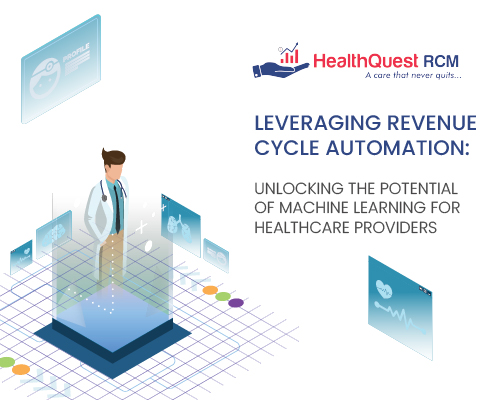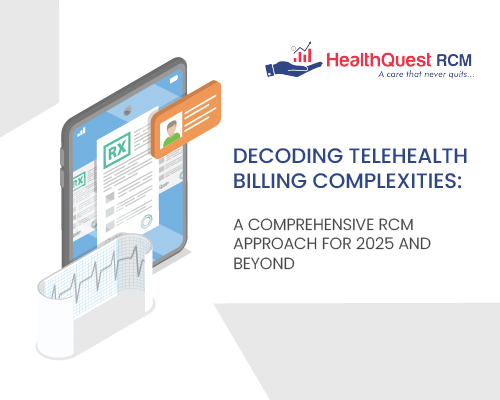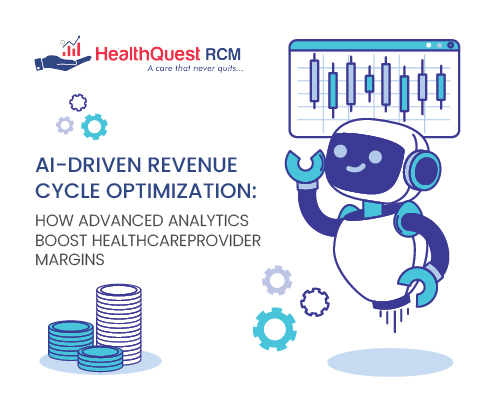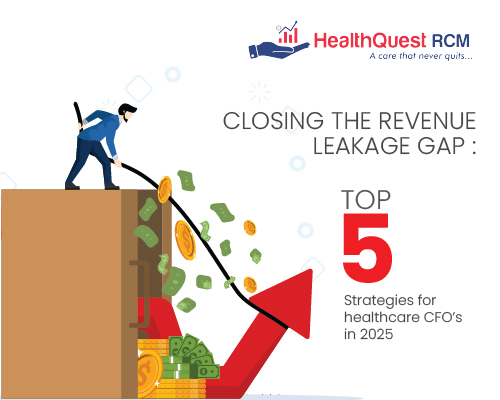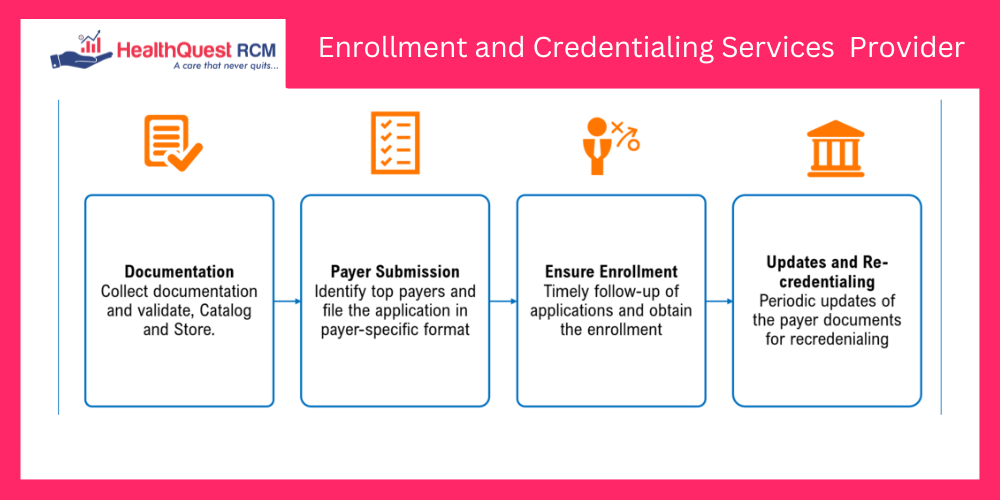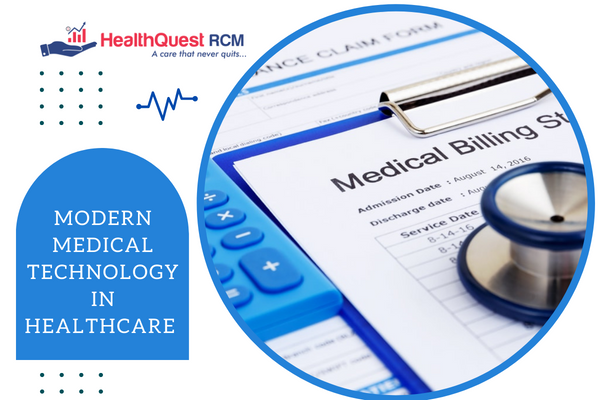Did you know that healthcare organizations lose nearly 15% of potential revenue due to inefficient billing and manual claim processes? As medical costs continue to rise, providers must embrace revenue cycle automation to enhance revenue cycle efficiency and maximize financial performance. Machine learning is transforming healthcare revenue management, reducing errors, accelerating reimbursements, and improving compliance.
In this blog, we explore how machine learning in healthcare is driving revenue cycle automation, improving operational efficiency, and boosting profitability.
The Role of Machine Learning in Revenue Cycle Automation
How Machine Learning Transforms Revenue Cycle Management
- Automated Claim Processing: AI-driven claim scrubbing identifies and corrects errors before submission, reducing denials.
- Predictive Analytics: Machine learning anticipates claim denials and proactively adjusts submissions for faster approvals.
- Intelligent Billing Optimization: Automated billing tools ensure correct coding and compliance with payer policies.
- Dynamic Payer Rule Adaptation: AI continuously updates billing processes based on payer rules and regulations.
- Real-Time Revenue Monitoring: Automated dashboards provide insights into revenue performance and highlight problem areas.
With these innovations, providers can increase revenue cycle efficiency and reduce administrative burdens.
Practical Benefits of Revenue Cycle Automation
1. Faster Reimbursements and Reduced Claim Denials
- AI-powered solutions process claims with greater accuracy, leading to quicker payments and fewer denials.
- Automated verification ensures all required documentation is included before submission.
- Real-time claim tracking reduces follow-ups and administrative bottlenecks.
2. Enhanced Revenue Integrity and Compliance
- Machine learning detects inconsistencies and prevents billing fraud.
- AI monitors payer policies in real time, reducing compliance risks and penalties.
- Automated audits identify and correct errors before claims reach payers.
3. Improved Patient Experience and Financial Transparency
- AI-driven cost estimation tools help patients understand their financial responsibility upfront.
- Automated billing systems provide real-time payment updates and reminders, improving collection rates.
- Predictive analytics assess patient payment patterns, allowing for personalized payment plans.
4. Optimized Workforce Efficiency and Cost Reduction
- Automation reduces the administrative burden on staff, allowing them to focus on patient care.
- AI-powered chatbots assist with patient billing inquiries, reducing call center volumes.
- Predictive staffing models help allocate resources efficiently based on billing trends.
Conclusion
Revenue cycle automation powered by machine learning reduces claim denials, accelerates reimbursements, and enhances compliance while minimizing financial risks. Predictive automation enables proactive claim management, improving overall healthcare revenue management. Patient-centric billing automation fosters financial transparency and increases collection rates, while workforce automation streamlines administrative tasks, boosting operational efficiency. By integrating these advanced technologies, healthcare providers can achieve sustainable revenue growth and optimize financial performance.
FAQ Section
Machine learning detects patterns in past claim denials and flags potential issues before submission, ensuring higher acceptance rates.
Yes, AI continuously updates billing processes based on payer regulations and helps prevent compliance issues.
Automation reduces labor costs, minimizes billing errors, and speeds up payment cycles, ultimately improving profitability.
Automated billing systems provide real-time updates, transparent pricing, and flexible payment options, leading to higher patient satisfaction.

